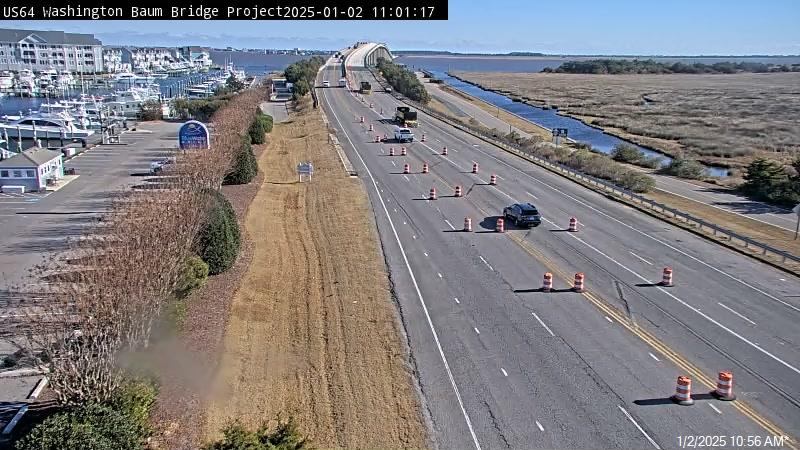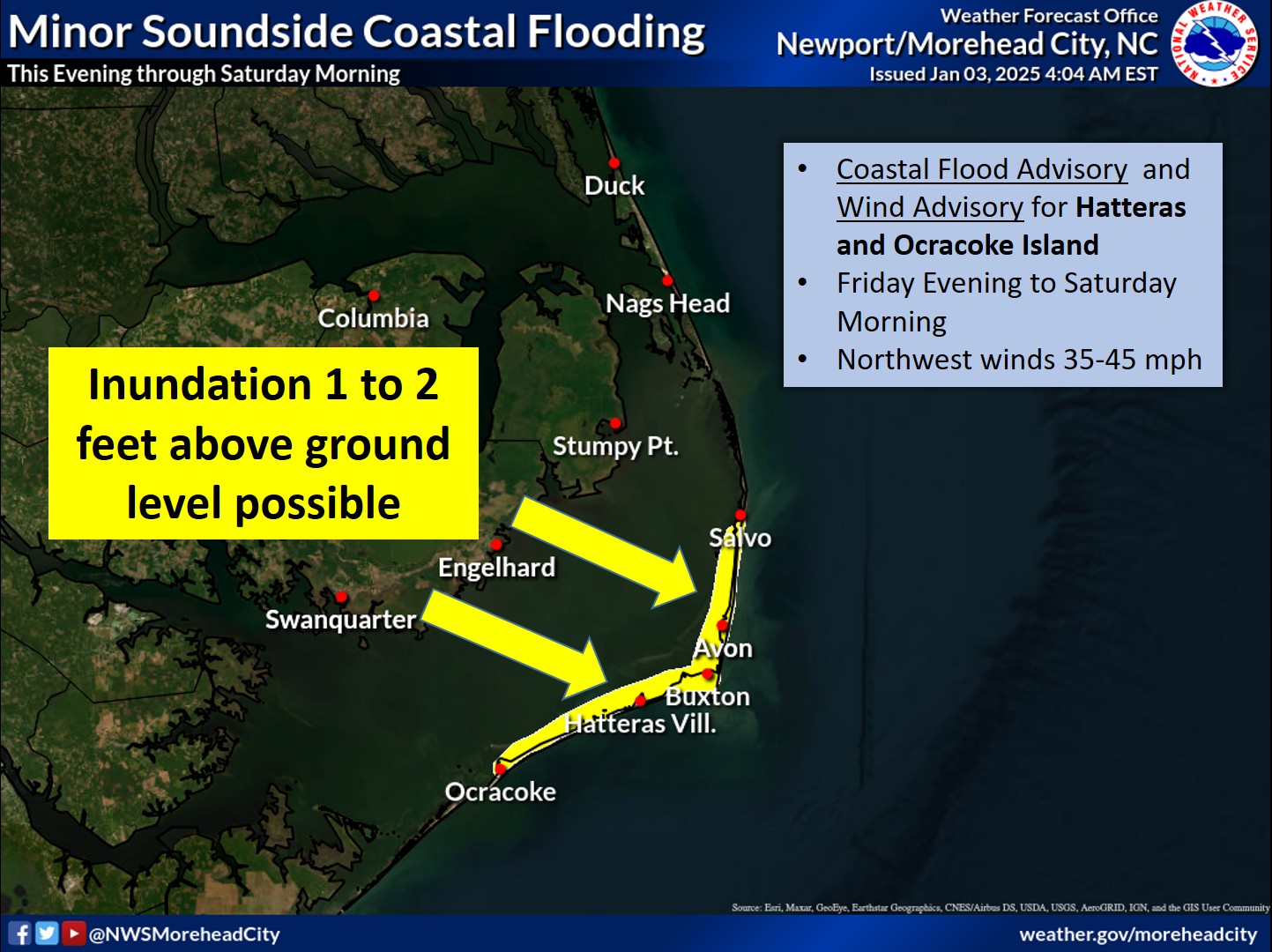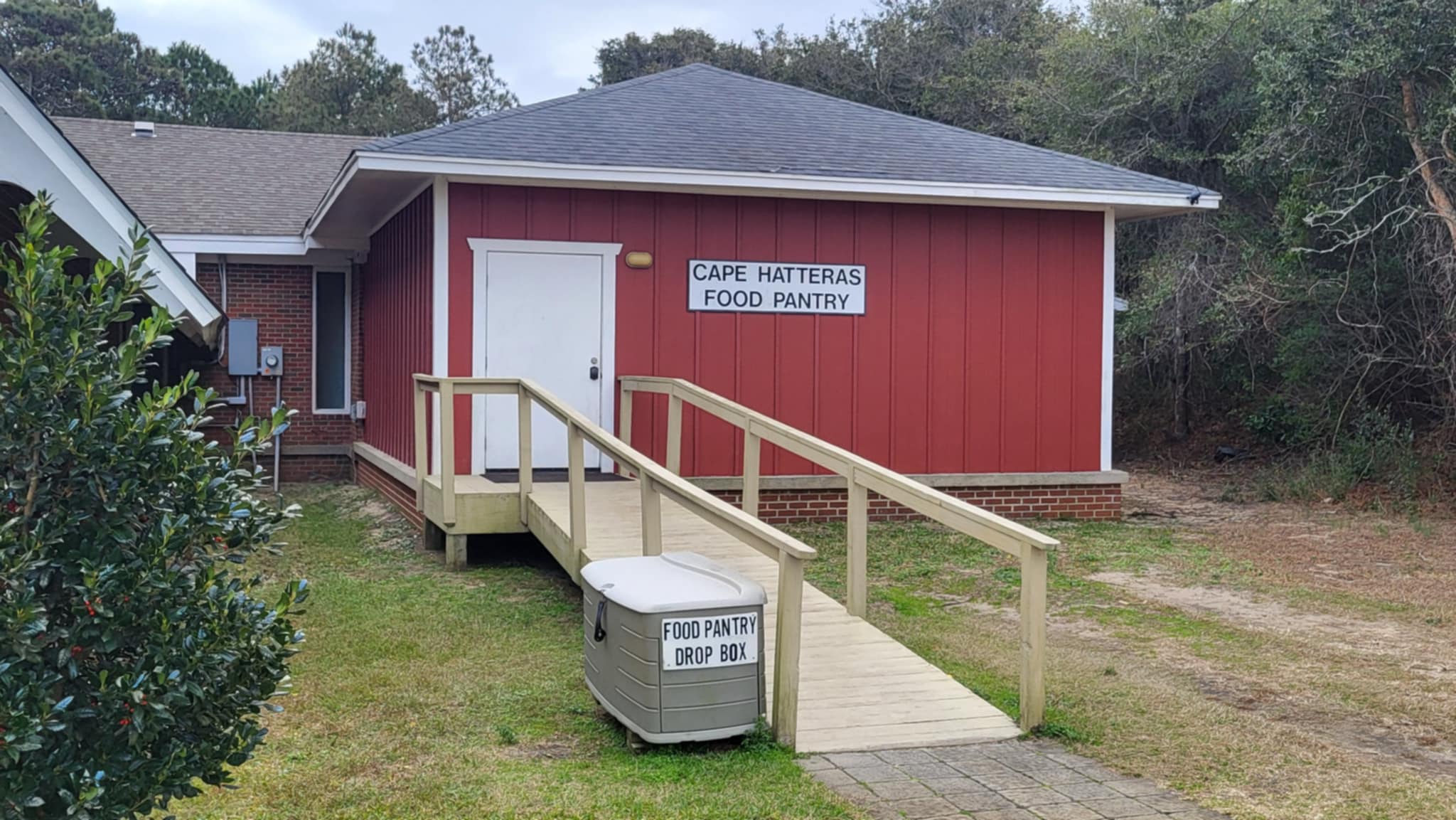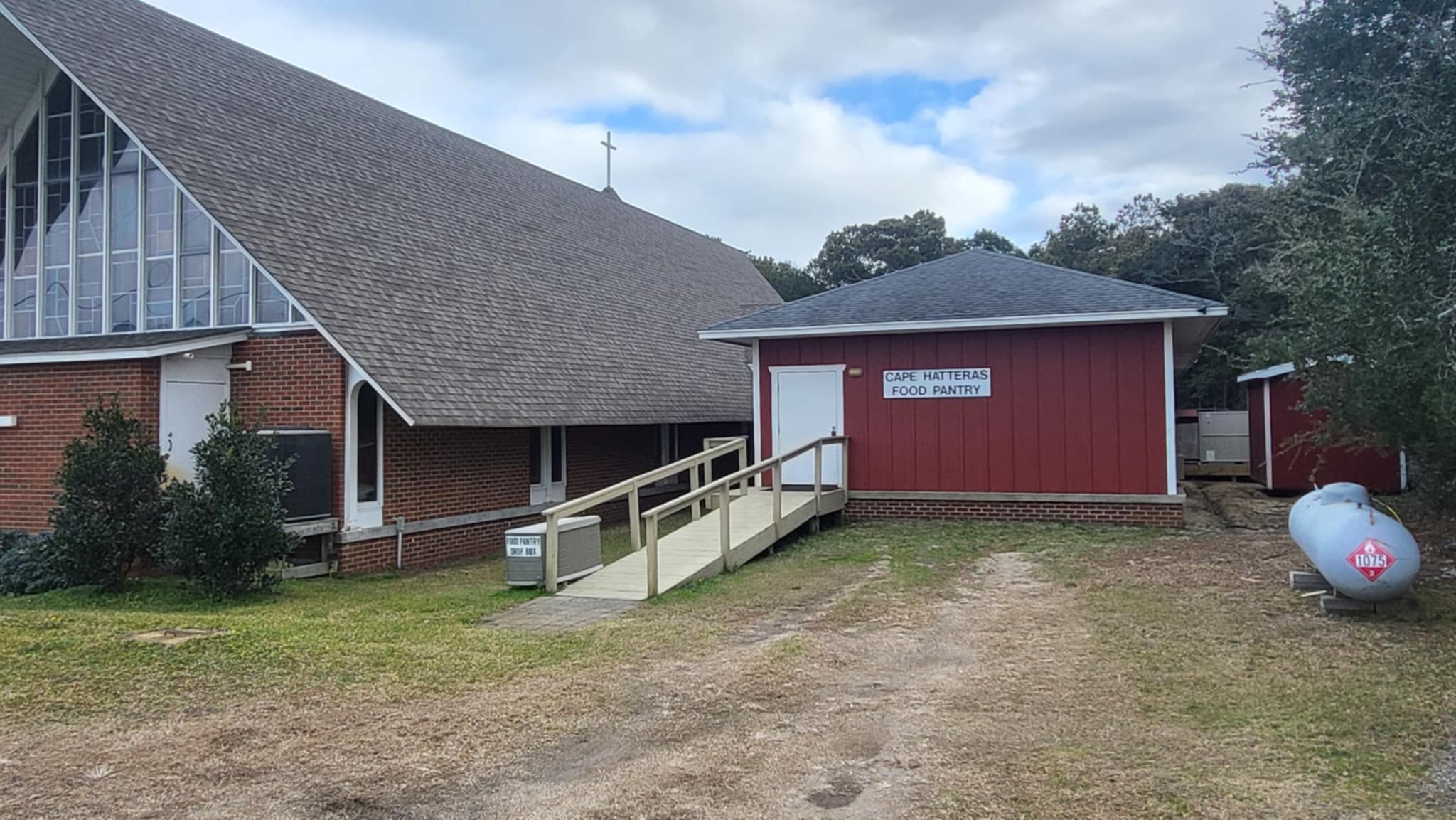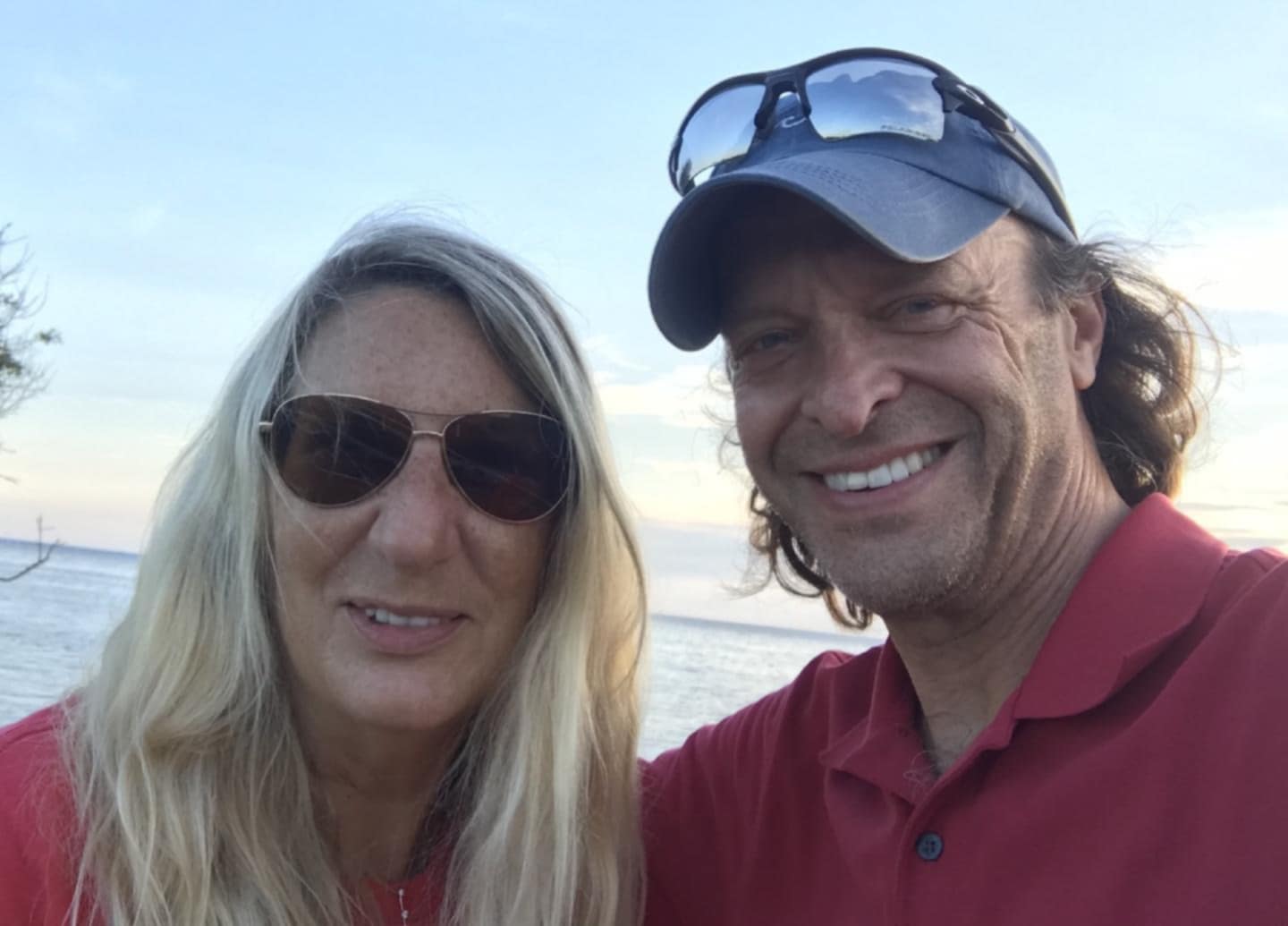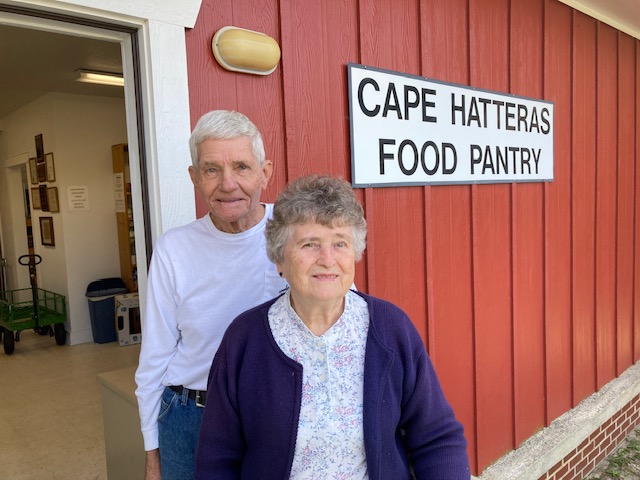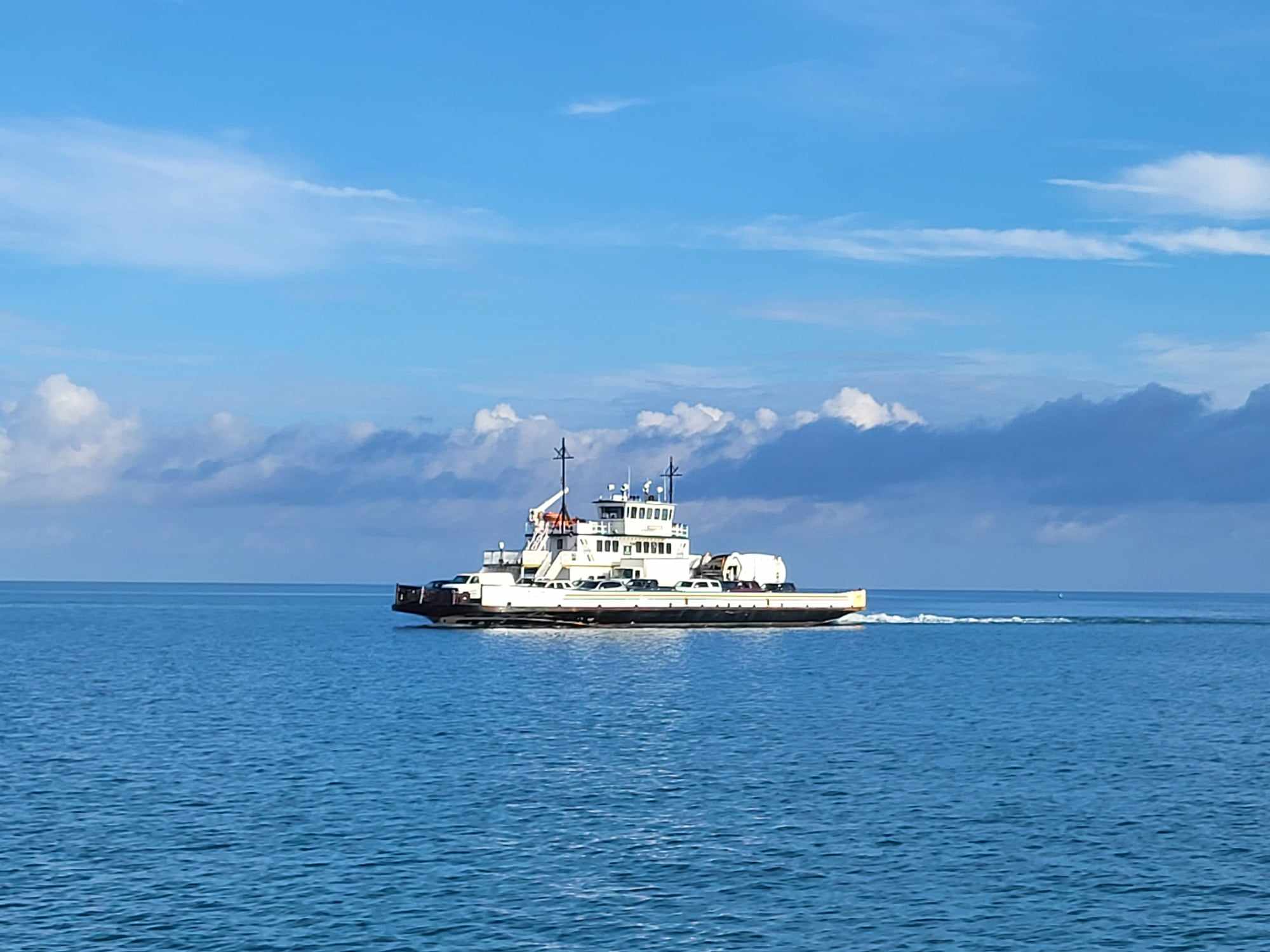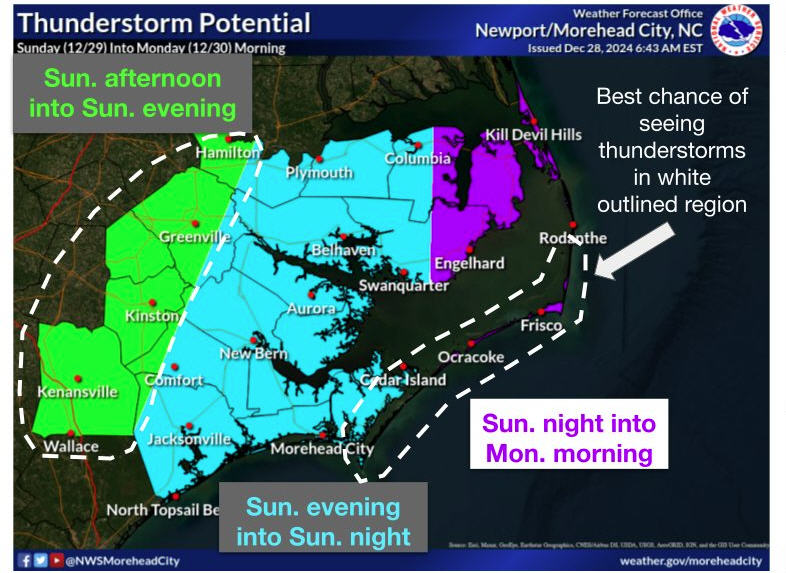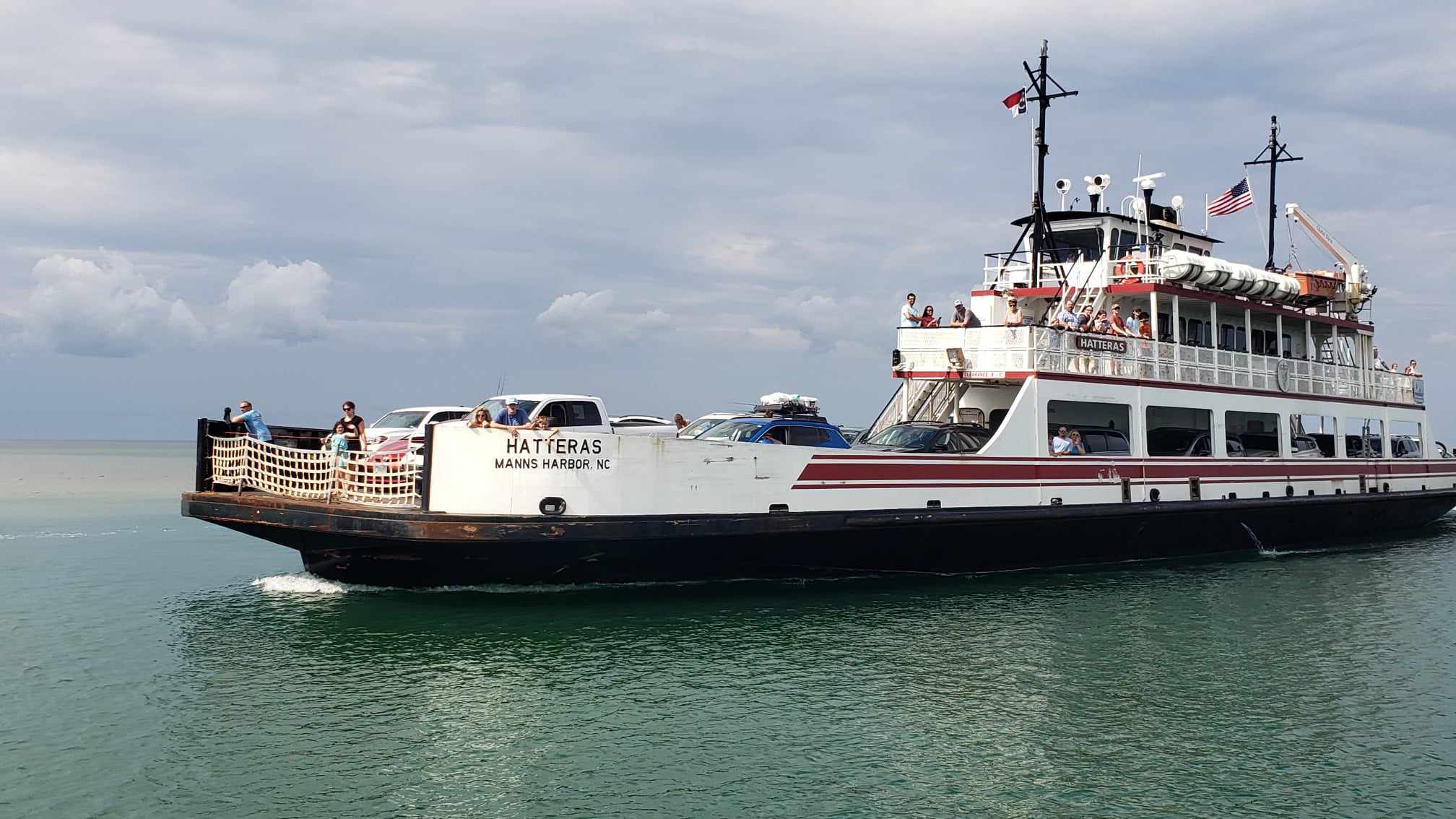Outer Banks residents say ‘no’ to offshore drilling
By CATHERINE KOZAK
Coastal Review Online
For members of LegaSea, an Outer Banks grassroots anti-drilling group, it was like a flashback to more than 25 years ago when Mobil Oil Corp. wanted to sink an exploratory well off Cape Hatteras – except this time, they were joined by opponents of all ages and political stripes.
“I was just bowled over by all the people that were there,” said Mickey Baker, a founding member of LegaSea who attended an open house held Monday by the Bureau of Ocean Energy Management, or BOEM. “I was very, very encouraged. We saw another generation coming up.”
About 670 people — more than any public meeting in BOEM’s five-year history — poured into the unstructured four-hour session at the Ramada Plaza Oceanfront Hotel in Kill Devil Hills to submit comments and talk with staff about a proposal to open the Atlantic coast to offshore oil and gas exploration.
The agency is proposing up to 14 lease sales between 2017-2022 within planning areas along the mid- and south Atlantic, Alaska and Gulf of Mexico coasts.
“I would say we have heard from a lot of people today who are opposed,” Connie Gillette, BOEM media relations manager, said late Monday as the steady stream of attendees started slowing down.
But, Gillette said the agency, which oversees development of offshore energy resources, welcomed the overwhelming community interest in the issue. BOEM is the successor to the scandal-plagued Minerals Management Service that conducted the previous oil meetings on the Outer Banks.
In the first hour of Monday’s meeting, 200 people had signed in on the attendance sheet, which is more than the total number of attendees at earlier sessions in Norfolk, 150 people, or in Washington D.C., 70 people. The second highest attendance of BOEM’s 21 public meetings on the issue so far was in Wilmington with 400.
Baker, who drove two hours with 11 other Ocracoke Island residents, said she did not encounter anyone in favor of drilling – “And I worked the room,” she said, adding that she hopes Gov. Pat McCrory is listening. The McCrory administration supports offshore drilling.
“Citizens from Murphy to Whalebone,” Baker said, “and up and down this pristine coast of North Carolina are coming out and are saying no to offshore drilling.”
Few attendees appeared at an information room on another floor of the Ramada set aside by American Energy Works, an arm of the American Petroleum Institute.
At a rally organized by Surfrider Outer Banks and a coalition of environmental groups called NotTheAnswerNC.org, held next door at the Comfort Inn, Baker helped unfurl LegaSea’s Ocracoke banner that had been in storage for 20 years, and held a sign that read, “Outer Banks Says No Thanks.”
In the front of the packed room, folks young and old wearing T-shirts with anti-drilling and environmentalist slogans lined the wall behind a podium as a series of speakers came to the microphone.
“People my age are furious,” said Aidan Charron, 16. “We care about the health of the beach and marine life. We are not just beach bums.”
Charron, a student at Manteo High School, vowed that young voters would work to remove any politician who allows oil development in the Atlantic. “We have to be loud, and we have to be heard,” he said. “We will not be seduced by new job opportunities.”
Dare County and each of its six towns have passed resolutions opposed to offshore drilling, though some are quite dated.
Lee Nettles, executive director of the Outer Banks Visitors Bureau, said that the economic effects of the tourism industry in coastal North Carolina is comparable to moderate projections of the oil and gas industry in 21 years. But, oil and gas production, he said, presents a “very real risk” to the ever-growing tourism industry, which provides thousands of jobs and millions of dollars in tax revenue to local communities and the state.
“Why then would we gamble with a proven industry?” Nettles said to cheers and shouts of “amen” from an audience of about 400 people spilling out into the hallway. “Offshore drilling is a threat disguised as an opportunity,” he said.
Nettles took the cue from a fussy child whining “nononoooo” to his parents.
“No!” Nettles repeated. “Exactly. No. Purely from an economic standpoint – jobs and dollars – the pursuit of offshore drilling does not make sense for North Carolina and it most certainly does not make sense for Dare County.”
Reacting to President Obama’s announcement in January to open sections of the Outer Continental Shelf for oil and gas exploration, BOEM is proposing to hold 14 lease sales in eight areas off the Atlantic, Gulf of Mexico and Alaskan coasts. The planning areas in the Atlantic stretch from south of New Jersey to the border of Florida. The program is proposing to hold one sale in the Atlantic area. But, it is not yet specified what areas may hold suitable amounts of oil and gas for production, or where specific lease sales will be.
Renee Orr, BOEM’s chief of strategic resources, was stationed at one of six tables that explained the scoping process involved in the leasing and exploration. She said that estimates of potential Atlantic coast resources were updated last year, based on reprocessing of existing seismic data. It was found, she said, that hydrocarbon deposits along the Atlantic Continental Shelf are analogous to those discovered in Nova Scotia and the horn of Africa, which are akin to the matching puzzle pieces of Pangaea, the ancient super-continent.
New seismic surveys are being planned by the agency to give more precise estimates of potential hydrocarbon deposits. The required use of sonar technology is controversial, however, because of the potential danger to marine animals, especially whales, dolphins and sea turtles. Public meetings on the surveys are planned in April, although none are scheduled on the Outer Banks.
Back in the late 1980s and 1990s, when Mobil Oil and Chevron were seeking permits to explore for oil and gas, they were targeting specific lease blocks in the “Manteo Exploration Unit,” about 40 miles off Cape Hatteras. The chance of finding hydrocarbons there was estimated at only 7 percent. Mobil, however, had believed that there was potential to tap a 5-trillion-cubic-foot gas field.
“The Manteo Prospect is a true wildcat,” said Minerals Management Service’s 1998 technical workshop document. “Risky as it may be, the Manteo prospect is very important because of the enormity of the prospect’s reserves potential.
“Manteo’s value reserves of nearly 1.5 billion barrels of oil or equivalent gas would make it the largest domestic hydrocarbon discovery since Prudhoe Bay and more than twice the size of the largest field discovered in recent times in the deep waters of the Gulf of Mexico,” the document read.
Mobil was blocked by federal law and later won a court battle to recover losses. Chevron also eventually lost interest in Manteo, although other oil companies briefly reconsidered the area later in the 2000s.
With LegaSea leading the charge, opposition on the Outer Banks was vociferous. The Exxon Valdez oil spill in 1989 galvanized opponents, who said that oil drilling would pollute the Outer Banks’ clean beaches and harm the valuable fishing and tourism industries.
“It’s like putting a factory in the Grand Canyon,” said Linda Mizelle, the former president of LegaSea, in an article published in the Philadelphia Inquirer Aug. 1990.
Orr said that the Manteo prospect is still considered a hydrocarbon-rich spot, but its location is closer to the coast than the cutoff line for potential lease areas and, therefore, may not be accessible. Currently, there are no active leases in the Atlantic.
Public comments on the proposed leasing program will be accepted by BOEM through March 30. Gillette said that comments will be available soon to read online and will be considered in the planning document. The draft Environmental Impact Statement, she said, along with the draft Outer Continental Shelf Oil & Gas Leasing Program are expected to be completed in about a year.
“It’s time for us to step back up,” said Michael McOwen, a LegaSea founding member from Manteo. “Right now, this could be the beginning of a long trek.”
(This article is provided by Coastal Review Online, an online news service covering North Carolina’s coast. For more news, features, and information about the coast, go to www.coastalreview.org.)




